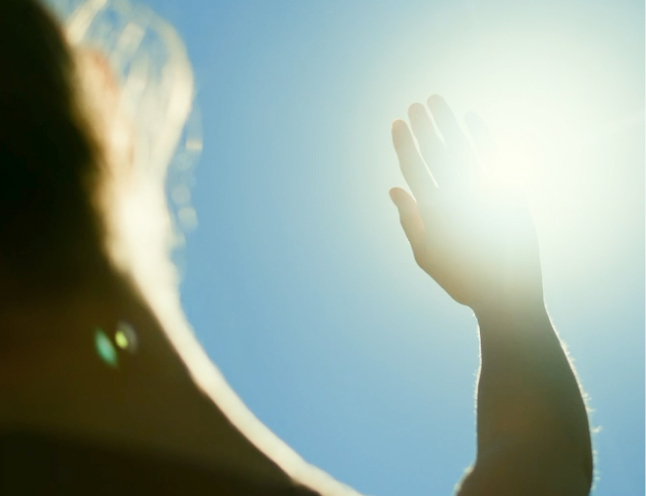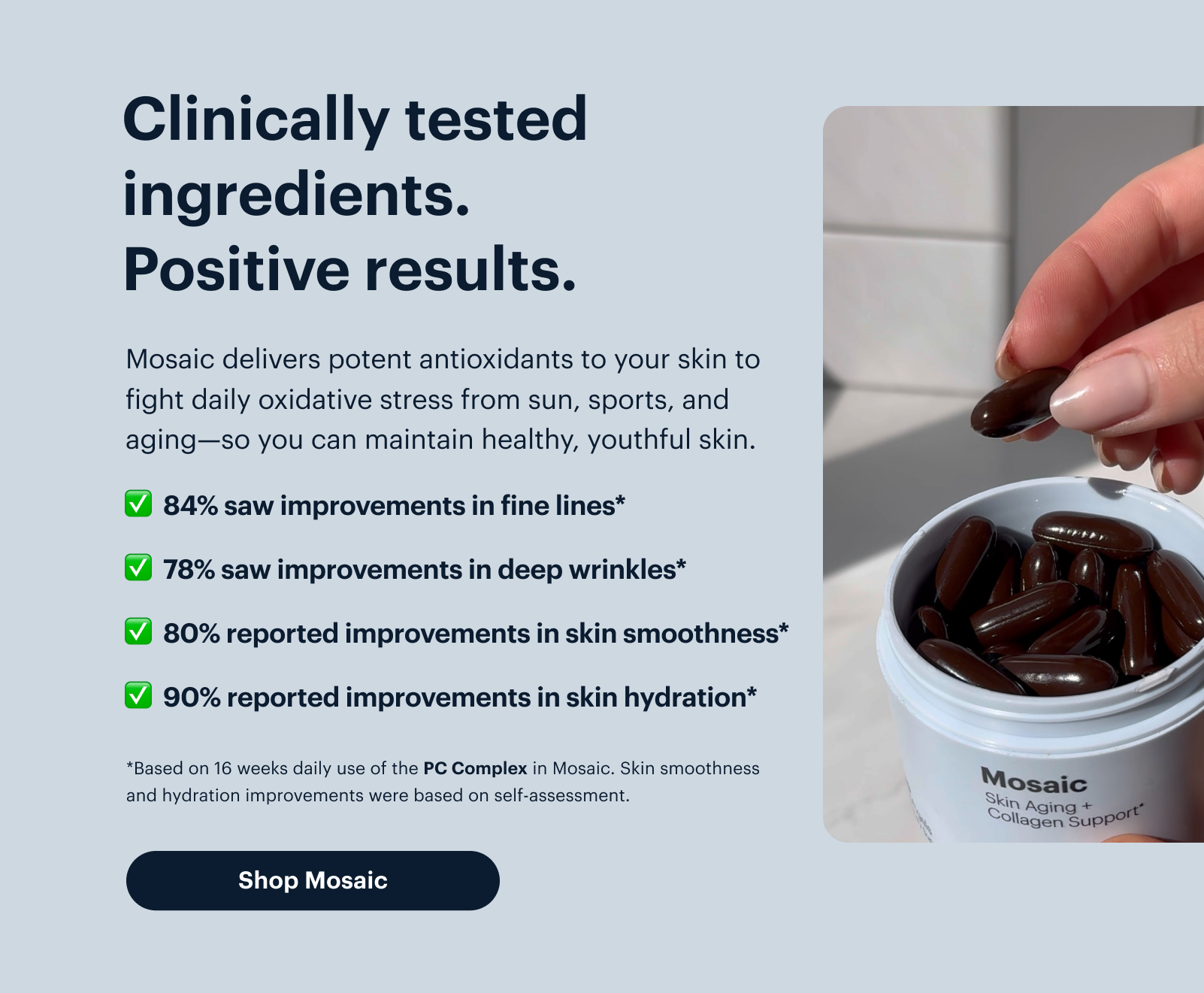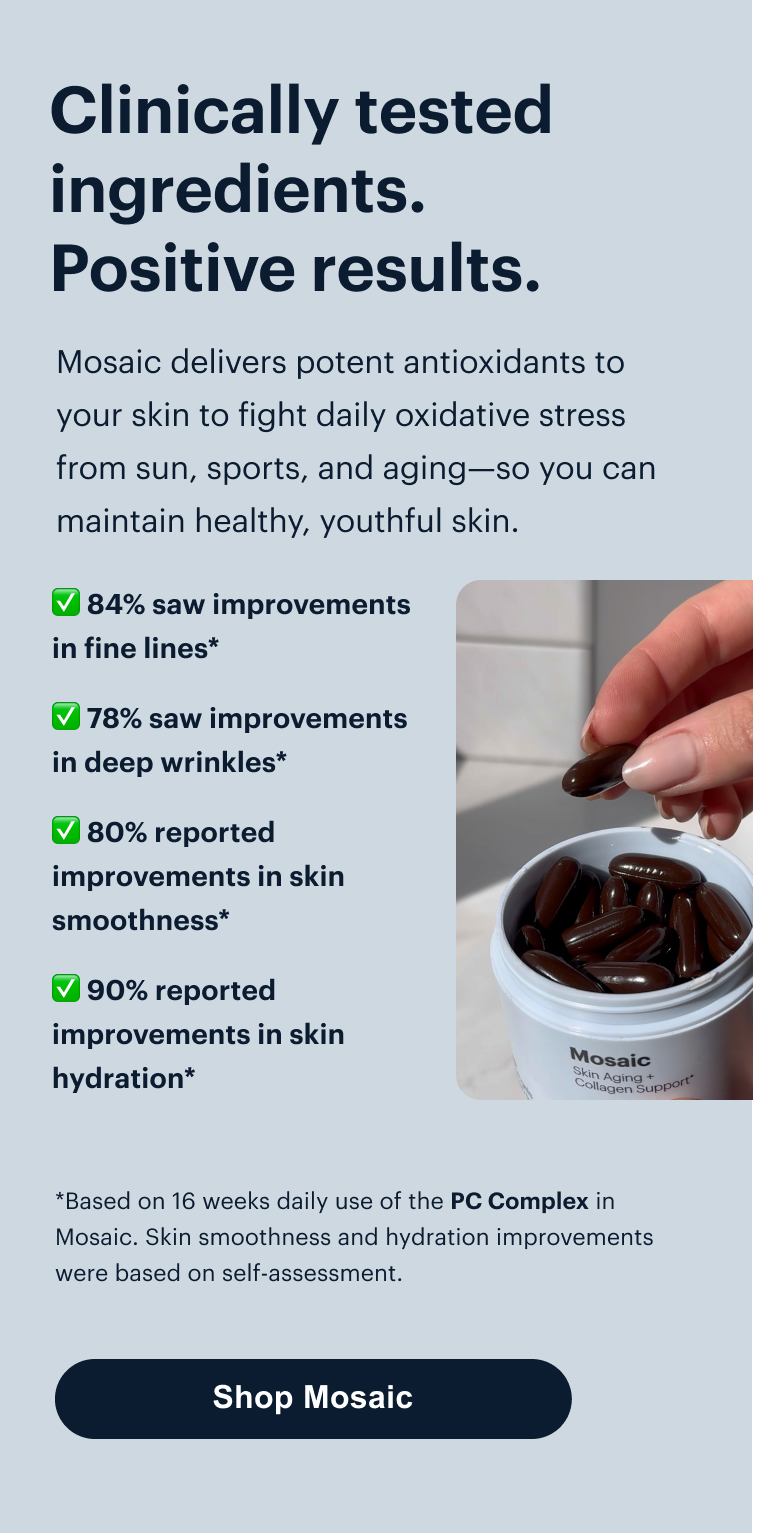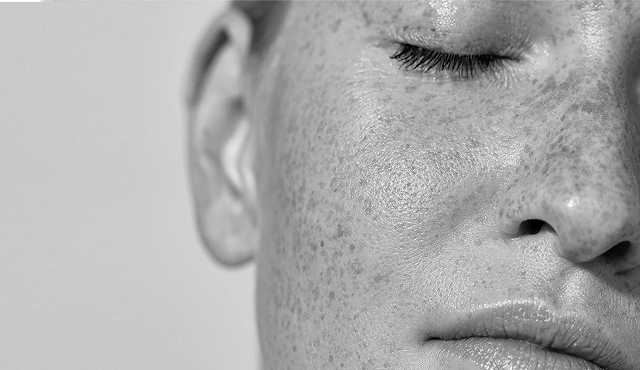|
Thanks for reading The Abstract. This month’s edition is
1,337 words, about a
5-minute read.
|
Is there a topic that you’d like to see more of in
The Abstract? Drop us a line at
abstract@elysiumhealth.com. Want to get
The Abstract in your inbox? Sign up
here.
|
|
|

|
|
|
|
It’s the heart of summer, and in this edition of
The Abstract we’re asking a very relevant scientific question: Is sunshine good for you, or dangerous? An article in
The New York Times investigates with the help of experts, and we offer commentary from Samuel Ritter, M.D., M.H.A., VP, medical director at Elysium Health. Also in July’s longevity science newsletter: how endurance sports can accelerate skin aging (and what to do about it), rapamycin mimics dietary restriction, coffee is linked to healthy aging in women, and scientists at Stanford restore the strength of old mice with a single-dose treatment.
|
|
|
|
Sunshine: Is it dangerous, or healthy?
|

|
|
|
|
Too much of a good thing can have consequences—and sunshine is no exception. While it’s the primary energy source for most life on Earth, the sun is also responsible for skin cancer and up to 90% of visible skin aging. Now, scientists are weighing the pros and cons of sunshine, according to a new article in
The New York Times, which includes interviews with several doctors and researchers.
|
|
“The ‘never go outside without S.P.F. 50’ approach treated sun exposure as if it were universally harmful,” said Dr. Lucy McBride, an internal medicine physician in Washington, D.C. But
“moderate, thoughtful sun exposure may offer benefits we’re still discovering.” Some of those potential benefits include lower blood pressure, reduced risk of heart failure, support for inflammation and immune function, improvements in skin conditions, and better mood. Sunshine also stimulates the production of vitamin D—and recent studies suggest that supplements may not fully replicate the physiological benefits of actually getting outside in the sun.
|
|
This doesn’t mean ditching the sunscreen. But it does suggest a more nuanced approach, one that weighs the risks of skin damage against the systemic benefits of moderate, personalized sun exposure.
|
|
|
|
|
|
|
|
The Expert's Take:
|
|
“Too much of anything can be harmful, and sunlight is no exception. Ultraviolet radiation (UV) is the primary cause of skin cancer and photoaging, yet complete avoidance overlooks the important physiological benefits of deliberate sun exposure. Evidence suggests that 20 to 30 minutes of direct sunlight on the arms, legs, and face—roughly 25-30% of body surface area—can help support blood pressure regulation, vitamin D synthesis, and mood effects that are not fully replicated by supplements. Midday sun provides the most UVB for vitamin D production, while morning and evening light offer less intensity but still support circadian rhythm. Geographic location matters; at latitudes above 37 degrees, UVB exposure during winter months is minimal, and vitamin D supplementation is often necessary. In tropical regions, regular exposure is more attainable year-round. As a general principle, sun exposure beyond the minimal effective dose should prompt the use of sunscreen, protective clothing, and shade. A relationship with a trusted dermatologist remains essential for ongoing screening and risk mitigation.”
|
|
|
|
|
|
|
|
|
|
|
|
|
|
|
|
|
THIS MONTH
|
|
What We're Reading
|
|
These are third-party articles about science that we find interesting but have no relationship to Elysium or any of our products. Elysium’s products are not intended to screen, diagnose, treat, cure, or prevent any disease.
|
Endurance training can accelerate skin aging
A new review paper in Dermis spotlights an underserved area of research: the skin of endurance athletes—people participating in marathons, triathlons, long-distance cycling and swimming, cross-country skiing, and more. While these sports offer powerful health benefits, they can also accelerate skin aging thanks to sustained physical exertion and environmental exposure. The authors cite prolonged UV radiation, oxidative stress, dehydration, and nutritional deficiencies as factors that break down collagen, weaken the skin barrier, and disrupt immune and repair systems. Some less obvious factors that contribute to skin aging include wind, altitude, chlorinated water, overtraining, and inadequate recovery. The paper suggests that athletes can protect themselves with photoprotection (sunscreen and clothing), antioxidant supplementation, hydration (electrolytes and protecting the skin barrier), advanced topicals, and behavioral shifts—all potentially supported by emerging wearables that can monitor skin in real-time. (Dermis)
|
Rapamycin mirrors the effects of dietary restriction
Dietary restriction (DR), or calorie restriction, has long been considered the most reliable way to increase lifespan across species, leading researchers to search for mimetics. A new meta-analysis points to the immunosuppressant rapamycin—but not metformin, as previously thought—as a compound that mirrors the lifespan-extending effects of DR. Researchers analyzed 167 studies spanning eight vertebrate species (but not humans), finding that both DR and rapamycin extend lifespan significantly, with similar magnitude, while metformin’s effects were weak or inconsistent. These findings held across sexes and dietary methodologies (such as fasting vs. calorie reduction). Researchers think the difference between the two compounds may stem from rapamycin’s direct inhibition of mTOR, versus metformin’s indirect activation of AMPK. More research is needed to determine if these results apply to humans. (Aging Cell)
|
Drinking coffee linked to healthy aging in women
Coffee may provide much more than a morning boost, especially for women. A new analysis of data from the Nurses’ Health Study, which followed nearly 50,000 women over three decades, found that caffeinated coffee is associated with healthy aging—defined as living past age 70 with no major chronic disease, preserved physical and cognitive function, and good mental health. During their midlife years (45-60), people who met the criteria for healthy aging drank an average of 315 mg of caffeine per day, mostly from coffee. That’s roughly the amount in three small cups of coffee, or 1.5 large cups by today’s standards. Adding an additional small cup of coffee was associated with a 2% to 5% increase in the odds of healthy aging, up to five small cups (or 2.5 large cups) per day. Drinking decaf coffee or tea did not contribute to healthy aging, while soda reduced the odds of healthy aging. The unpublished research was presented at NUTRITION 2025 by researchers at Harvard T.H. Chan School of Public Health. (American Society for Nutrition)
|
Mice regain strength with a single dose of this molecule
More than 15% of people over 60 experience the progressive age-related loss of strength and muscle known as sarcopenia—making preserving muscle a target for longevity researchers. In a new study, researchers at Stanford found that a single dose of prostaglandin E2 (PGE2)—a molecule involved in the body’s natural healing response after damage or exercise—can rejuvenate aged muscle stem cells and restore strength in old mice. It seems to work by resetting age-related epigenetic marks on DNA, effectively reviving genes involved in repair and regeneration. Using a variety of experimental models, researchers found that these changes enhanced short-term muscle regeneration and induced a heritable “molecular memory” that improved the long-term function of muscle stem cells and their daughter cells in the mice. By pairing PGE2 treatment with eccentric exercise, mice gained more muscle and kept it longer than untreated controls. (Stanford Medicine)
|
|
|
|
|
|

|
|
|
|
|
|
|
|
TERM OF THE MONTH
|
|
Oxidative Stress
|
|
/ˈɑːk.sɪˌdeɪ.t̬ɪv stres/
|
|
Oxidative stress is a biological condition that occurs when there's an imbalance between free radicals (reactive oxygen species, or ROS) and the body’s ability to neutralize them with antioxidants. Free radicals are unstable molecules produced during normal metabolism, inflammation, or exposure to external sources such as UV radiation—and they cause cellular damage by stealing electrons from other molecules. Oxidative stress is associated with aging and most age-related chronic health conditions. Antioxidants can help neutralize free radicals and fight oxidative stress.
|
|
|
|
|
|
|
|
|

|
|
|
|
|
|
AGING 101
|
|
Skin aging: The causes, effects, and how to slow it
|
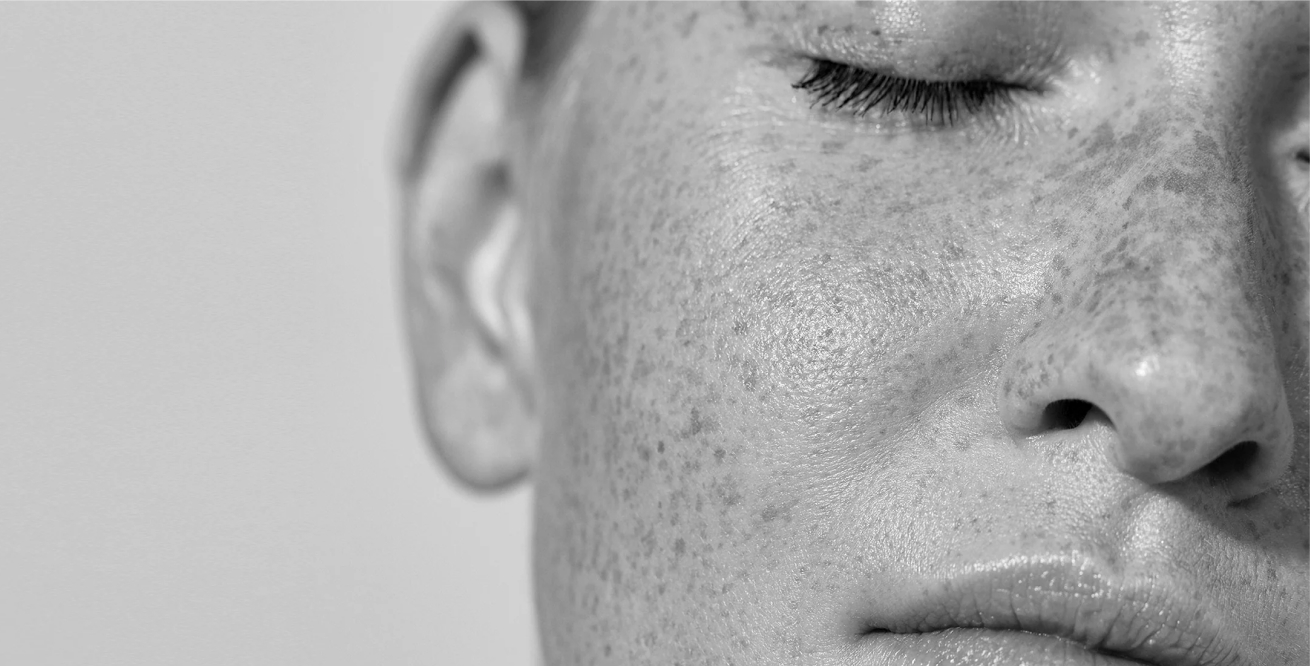
|
|
|
|
Our skin changes with age as a result of internal and external factors. Explore how and why our skin ages and what we may be able to do about it. (Read more)
|
|
|
|
|
|
|


